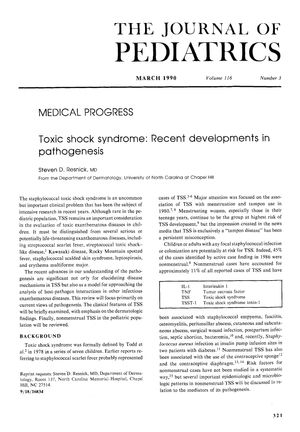TLDR Toxic shock syndrome is caused by a complex interaction of bacterial toxins and the immune system, and understanding this can help improve diagnosis and treatment.
The 1990 article by Steven D. Resnick, MD, discussed the pathogenesis of toxic shock syndrome (TSS), a condition primarily associated with Staphylococcus aureus and the production of toxic shock syndrome toxin-1 (TSST-1). However, it was noted that TSS could also occur without TSST-1, sometimes with a higher fatality rate. The article reported that nonmenstrual TSS, which makes up about 11% of cases, could be linked to the use of contraceptive sponges and diaphragms. The pathogenesis of TSS was described as a complex interaction between bacterial toxins, the host's immune response, and cytokines like IL-1 and TNF. Symptoms of TSS include high fever, systemic symptoms, a scarlatiniform rash, desquamation, and possible hair and nail loss. The article underscored the need for a better understanding of TSS's multifactorial nature to improve diagnosis and treatment.
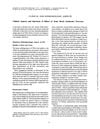 77 citations
,
January 1989 in “Clinical Infectious Diseases”
77 citations
,
January 1989 in “Clinical Infectious Diseases” Toxic Shock Syndrome progresses quickly, often involves multiple organs, and is linked to Staphylococcus aureus toxins, with treatment options available but diagnostic challenges remaining.
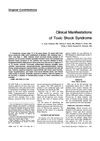 176 citations
,
August 1981 in “JAMA”
176 citations
,
August 1981 in “JAMA” Toxic Shock Syndrome mainly affects menstruating women, can recur, and is linked to staph bacteria, with rapid treatment being crucial.
 77 citations
,
January 1989 in “Clinical Infectious Diseases”
77 citations
,
January 1989 in “Clinical Infectious Diseases” Toxic Shock Syndrome progresses quickly, often involves multiple organs, and is linked to Staphylococcus aureus toxins, with treatment options available but diagnostic challenges remaining.
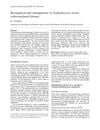 129 citations
,
November 2005 in “Internal Medicine Journal”
129 citations
,
November 2005 in “Internal Medicine Journal” Early detection and intensive treatment of diseases caused by Staphylococcus aureus toxins are crucial for reducing severe health effects.
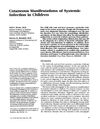 May 1993 in “Current problems in dermatology”
May 1993 in “Current problems in dermatology” Skin symptoms are important for diagnosing infections in children.
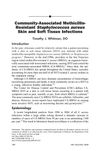 18 citations
,
November 2008 in “Disease-a-Month”
18 citations
,
November 2008 in “Disease-a-Month” A common cause of skin infections in the U.S. is a strain of bacteria resistant to certain antibiotics, and prevention focuses on cleanliness and avoiding close contact.
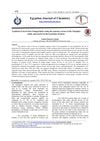 2 citations
,
October 2021 in “Egyptian Journal of Chemistry”
2 citations
,
October 2021 in “Egyptian Journal of Chemistry” Iron nanoparticles made from pumpkin extract effectively treated burns and promoted healing in mice.
